H2K72077 Heinkel He 111 P Western Campaign 1940 (HASEGAWA + Cartograf + masks + 3D printed part)
- Add feedback:
- H2K72077
- Manufacturer: Hobby2000
-
Availability:
Low stock
Delivery time: 1-3 days
- Type: Aircraft model
- Medium: plastic + decal
- Scale: 1/72
Hobby 2000 72077 Heinkel He-111 P Western Campaign 1940 (HASEGAWA + Cartograf decals + masks + 3D)
H2K72077 Heinkel He 111 P Western Campaign 1940 (HASEGAWA + Cartograf + masks + 3D)
Model of the German twin-engine bomber Heinkel He-111 P. Hasegawa sprues in a box in 1/72 scale. Cartograf decals, masks and 3D printing (RDF loop antenna).
Two markings schemes:
- He 111 P, WNr. 2497, B3+BL, 3./KG 54, France May 19, 1940
- He 111 P, 1G+BL, 3./KG 27, Munster-Handorf, Germany May 1940
He-111 Medium Bomber
The Heinkel He 111 was the basic medium bomber of the German Luftwaffe used in the initial phase of World War II. It was developed before the outbreak of the war at the Heinkel factory and remained in service with the Luftwaffe until the end of the war, and even served in the Spanish Air Force until 1965.
In the early 1930s, German designer Ernst Heinkel decided to build the world's fastest passenger plane. Despite the skeptical approach of other German aircraft manufacturers, Heinkel commissioned the project to the brothers Siegfried and Walter Günter. Their work resulted in a machine called Heinkel He 70 Blitz, which broke speed records.
The interest of the Luftwaffe command resulted in the transformation of the He 70 into a bomber aircraft. The first bomber prototype, the Heinkel He 111 V1, was built and first flown in 1934. The V2 version already had crew accommodations and a bomb bay installed.
Serial production of the He 111 began in 1936. Various improvements and versions were introduced in the following years, including: He 111P with the Daimler-Benz DB 601 engine, which allowed it to achieve higher speeds.
The He 111H became the main version of the bomber, equipped with Junkers Jumo 211 engines. During the war, it took part in many operations, including: raids on England and delivering supplies near Stalingrad.
In addition to bomber versions, there were also special variants such as the He 111Z Zwilling, with two planes connected to tow gliders.
After the war, most He 111s were withdrawn from service, although some machines remained in service with the Spanish Air Force until the 1960s and 1970s. The last flight of a flyable He 111 was in 2003. The He 111 design was known for its durability and excellent performance in the early years of the war, although it was inferior to newer designs in later years.




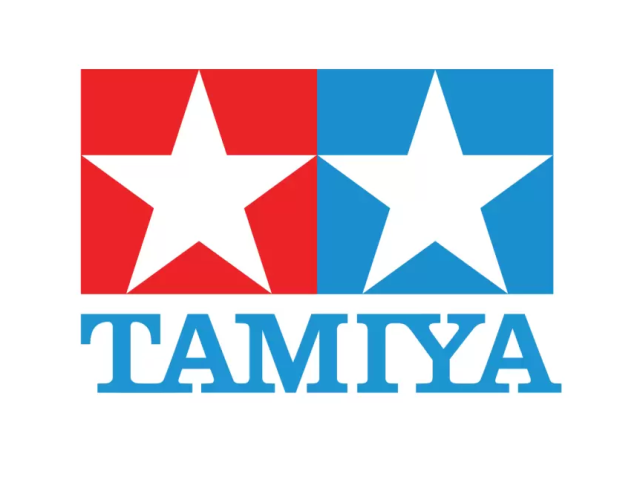









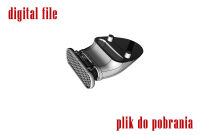
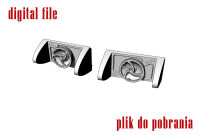
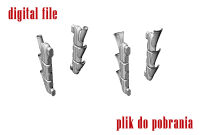
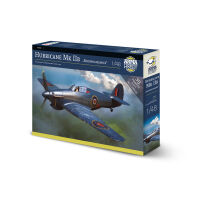
 Polish
Polish